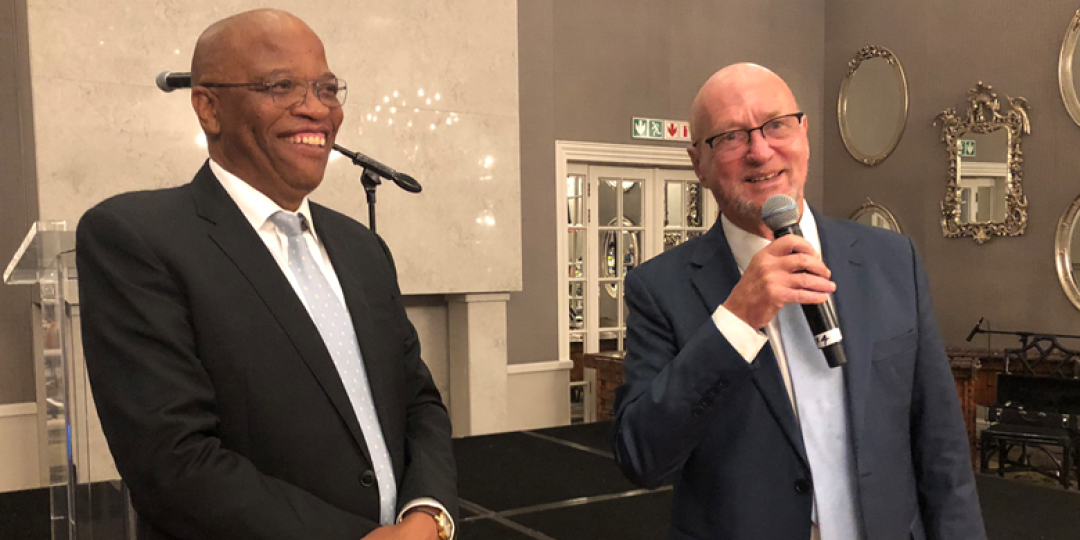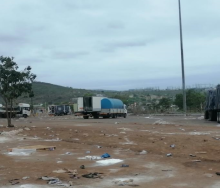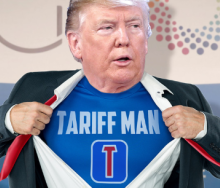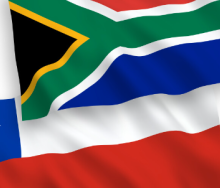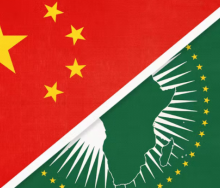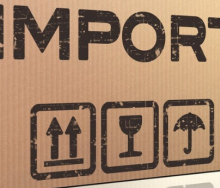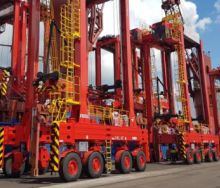On the eve of the reintroduction of a flight from Johannesburg to Perth, the chairperson of the interim board of South African Airways (SAA), Derek Hanekom, has dispelled notions that the troubled carrier is still in a position of precarious financial instability.
Clearly referring to the recent collapse of the investor bailout by the Takatso Consortium, Hanekom said the board had been forced to shelve certain plans tabled for a more expansive and ambitious re-emergence.
“These plans were premised on the R3-billion cash injection which is no longer going to come,” he said.
But despite the setback, the airline has managed to proceed with the reinstatement of a second transcontinental flight after last October’s initial post-business rescue flight reinstated to São Paulo.

Hanekom said this had been achieved after careful consideration by the board.
“We are confident that we are going to stay the course. We are going to grow sustainably.”
Referring to an earlier remark by the carrier’s CEO, Professor John Lamola, that SAA was harbouring “no illusions of a return to the glory days of yore”, Hanekom said there was no room for self-deception.
“We are not going to get back to that glorious past. But it was also to some extent artificial. Let’s be honest. That glorious past cost the taxpayer a lot of money.
“We are positive. We are not in trouble. We are not in a crisis. Some of the uncertainty has gone away. We know where we are and where we stand. We know we need to attract investors and that we need additional finance to do all the things we want to do, but we are proceeding anyway, with or without it.”
Hanekom said had it not been for Public Enterprises Minister Pravin Gordhan, the carrier would probably not be around.
“Other ministers wanted to dispose of SAA, but Pravin was adamant.
“If it hadn’t been for that dedication and determination, SAA would’ve been liquidated, but now it’s growing sustainably, without any dependence on the fiscus whatsoever.”
Speaking at the same event at the Westcliff Hotel in celebration of Sunday’s flight to Perth, the deputy high-commissioner for Australia to South Africa, David Geyer, mentioned the strong business relations between the two countries.

“Australia is the sixth-largest non-SADC visitor to South Africa. Together we spend R40 billion in goods and services every year, and have R150 billion invested in each other.”
Referring to a remark about expats by the evening’s host, Lerato Mbele, that there are 200 000 Australians that were born in South Africa, Geyer said another 150 000 Australians with direct heritage links to SA should be added to this.
“Last year, about 100 000 Australians visited South Africa.”
Recalling the history of the Perth route, first implemented as “The Wallaby Route” in 1957 when it took about 24 hours to fly from Johannesburg to Mauritius, the Cocos Islands and onward to Perth, Geyer said Sunday’s route reinstatement “is not really about the relaunch of the flight, but the return because that’s what it really is”.
Also adding her voice to the importance of the Joburg-Perth route for the sake of fostering trade and tourism ties between South Africa and Australia, Judy Nkowedi, chairperson of the Gauteng Tourism Authority, said it was important for Brand South Africa.

She said a lot of mining magnates from South Africa lived on the Murray River in Perth, Australia’s “billionaires belt”, and that the flight between the two cities could be used to tap into symbiotic business potential.
As with Hanekom’s sentiments, Lamola said the launch of the São Paulo to Cape Town route last year was about resilient survival and growth, especially against the backdrop of a once-profitable carrier that had been gutted by the corruption and incompetence of erstwhile chairperson Dudu Myeni.
“But tonight the theme is that, since its re-emergence in September 2021, SAA has had a strategy and plan. What we are celebrating tonight is that when flight SA 280 lands in Perth on Monday, it will be the rollout of that strategy.”

